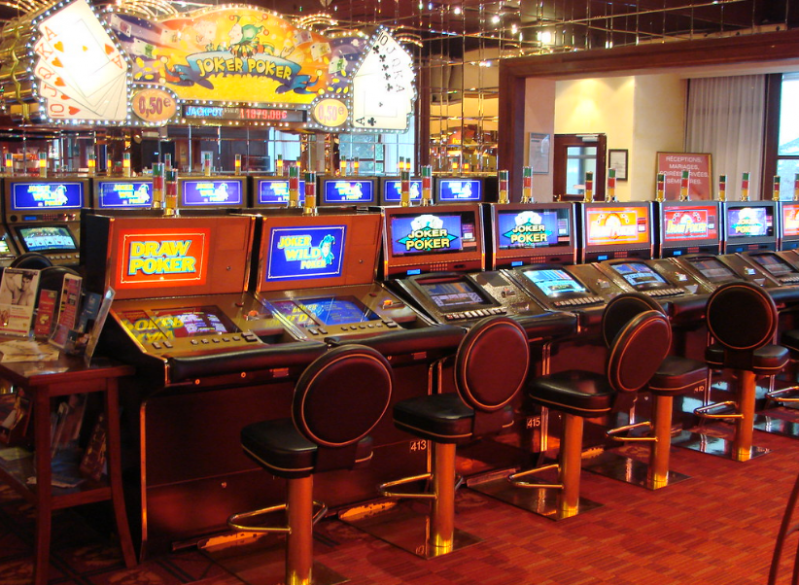
Comic art has long been a fascinating medium that combines striking visuals with complex narratives. Born in Japan, this art form has transcended cultural boundaries, becoming a global phenomenon that strikes a chord with readers of various ages. The unique capability of manga to weave together engrossing stories with energetic illustrations sets it apart from traditional storytelling mediums. Each panel meticulously captures feelings and actions, inviting readers to immerse themselves in rich worlds that range from the fantastical to the deeply personal.
As the landscape of manga continues to develop, so too do the approaches and trends that shape its narrative. Modern creators are exploring with narrative structures, character development, and visual styles, extending the boundaries of traditional manga. This ongoing evolution reflects not only transformations in artistic preferences but also the shifting interests of audiences worldwide. From realistic dramas to heroic adventures, exploring the art of storytelling in manga reveals the innovation and depth embedded in each series, making it an thrilling area to delve into for both new readers and seasoned fans.
Narrative Visual Techniques
Comic series employs a distinct blend of visual elements and narrative techniques that create a dynamic reading experience. Creators utilize a combination of frame organization, composition, and character emotions to convey moods and enhance the story progression. The use of varying panel sizes can create pacing, emphasizing moments of dynamics or stillness, guiding the viewer’s focus through the story. This deliberate pacing can heighten drama during climactic moments or allow for reflection in quieter scenes.
In addition to layout design, symbolic imagery plays a crucial role in manga storytelling. Illustrators often incorporate visual metaphors that resonate with the viewers, using pictures to reflect the emotional states of characters or underlying themes. For example, the use of climate or environment can parallel a character’s conflicts, drawing viewers deeper into the feelingscape of the story. This technique enriches the entire tale, inviting viewers to engage with the hidden meanings. NetTruyenViet
Character design is also a critical aspect of narrative visuals in manga. Designers often use amplified facial expressions and body language to convey feelings and characteristics instantly. This allows for rapid emotional connections with the figures, making their journeys resonate more profoundly with the audience. The unique visual styles can also create a specific atmosphere, helping to define the style and tone of the story, whether it is action-packed, comedic, or dramatic.
Character Development Techniques
Character growth in manga is often achieved through a combination of graphic narrative and narrative techniques. Artists utilize expressive character designs and energetic posing to convey feelings and characteristics. This visual element is crucial, as audiences can instantly gauge a person’s mood or motivations through their look and body language. Additionally, the use of close-ups and different panel formats can emphasize significant moments in a person’s journey, allowing audiences to connect on a deeper level.
Another effective method for character development in manga is the use of backstory and memory sequences. By revealing a character’s past experiences and traumas, writers provide background for their reasons and actions. This weaving of history enables audiences to understand why characters react in specific ways, adding depth and intricacy to their arcs. Such backstories often unfold slowly, enticing audiences to invest in the character’s growth as they face obstacles and evolve over time.
Dialogue and relationships with other persons also play a critical role in personality growth. The way persons express their thoughts and interact with others reveals their principles, convictions, and connections. Through dialogue and conflicts, persons can evolve, showcasing their assets and flaws. This interaction not only enriches single personalities but also enhances the overall narrative, as relationships and personality growth are often intertwined in significant ways.
Current Trends in Storytelling
One key trend in manga storytelling is the rising variety of genres and themes and themes. While classic genres like shonen and shōjo continue to prosper, there is a increasing presence of distinctive narratives that explore nontraditional topics. Stories that delve into social issues, mental wellbeing, and identity are becoming more popular, demonstrating a transition towards more diverse and representative storytelling. This movement allows audiences to connect with characters and situations that reflect their own experiences, expanding the appeal of manga.
Another noteworthy development is the use of non-linear storytelling methods. Many contemporary manga artists are experimenting with timelines and structures of storytelling, creating intricate plots that unfold in surprising ways. This approach not only keeps the audience engaged but also facilitates deeper character development and exploration of themes. By weaving together past and present events, authors can provide richer context for the motivations behind characters and the conflicts, resulting in stories that feel more engaging and multi-faceted.
Additionally, the inclusion of digital technology and digital platforms is transforming how manga stories are narrated. With the growing popularity of webtoons and digital comics, artists are modifying their storytelling to suit mobile devices, often incorporating multimedia elements such as animations, soundtracks, and engaging components. This shift not only enhances the storytelling experience but also draws a more youthful audience accustomed to digital consumption. As a result, the art of storytelling in manga continues to evolve, embracing new ideas while staying rooted in its vibrant traditions.